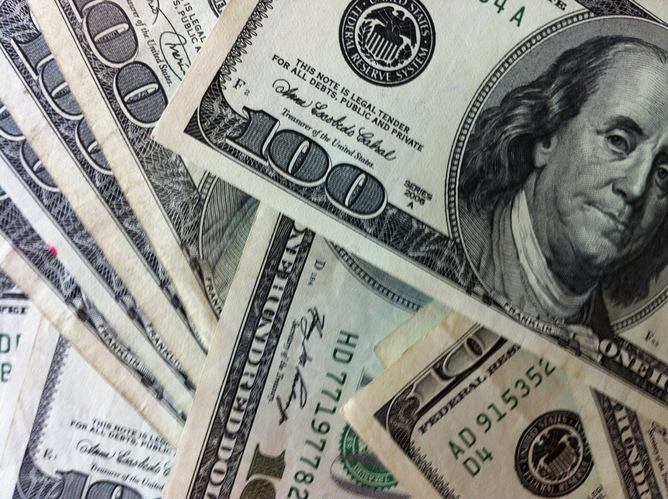Are you looking for hacks for teaching kids to solve math problems involving money? If so, keep reading.
1. Make sure the student knows all the processes appropriate to solve problems involving the use of money (e.g., the student can solve math problems of the same difficulty as those involving money).
2. Do not require the student to learn more information than they are capable of learning at any time.
3. Teach the student why they are learning the concept of money. Give the student concrete examples and chances for them to apply the concept in real-life situations.
4. Teach the student to recognize common denominations of paper money (e.g., one-dollar bill, five-dollar bill, ten-dollar bill, twenty-dollar bill, etc.).
5. Make sure the student knows all math operations involved in using money (e.g., addition, subtraction, multiplication, division, decimals, etc.).
6. Give practice solving money problems using an app or a hand-held educational device that gives instant feedback to the student.
7. Daily, examine those skills, ideas, tasks, etc., that have been previously introduced.
8. Give the student math word problems involving the use of money. Make sure an appropriate operation is clearly stated.
9. Minimize the emphasis on competition. Competitive learning activities may cause the student to hurry and make mistakes solving problems involving money.
10. Give the student a daily shopping list of things and a corresponding list of the cost of each item. Get the student to determine the total cost of their ”purchase.”
11. Praise the student for correctly solving problems involving money: (a) give the student a concrete reward (e.g., privileges such as leading the line, handing out learning materials, 10 minutes of free time, etc.) or (b) give the student an informal reward (e.g., praise, handshake, smile, etc.).
12. Utilize real coins when teaching the student coin recognition and values (e.g., count by ones, fives, tens, etc.; matching combinations of coins; etc.).
13. Give real-life situations for the student to practice using money (e.g., paying for lunch in the cafeteria line, making purchases from book order clubs, purchasing a soft drink, etc.).
14. Consider using Alexa for the Math Classroom.
15. Try gamifying your math lessons.
16. Consider using one of the apps and tools from our many math app lists:
9 Must-Have Apps and Tools for Kids Who Hate Math
10 Apps to Teach Preschoolers Math
20 Math Apps for Learners of All Ages
Advanced Math Apps, Tools, and Resources for That We Love
Elementary School Math Apps, Tools, and Resources That We Love
Fraction Apps, Tools, and Resources That We Love
High School Math Apps, Tools, and Resources That We Love
Interactive Math for the Google Classroom
Math Apps, Tools, and Resources That I Would Use If I Were Still in the Classroom
Math Manipulatives Apps, Tools, and Resources That We Love
Middle School Math Apps, Tools, and Resources That We Love
Multiplication Apps, Tools, and Resources That We Love





